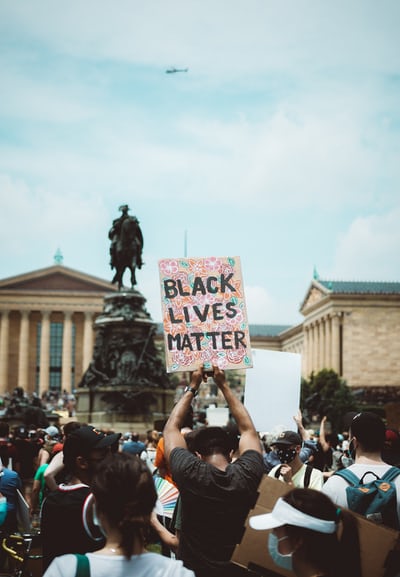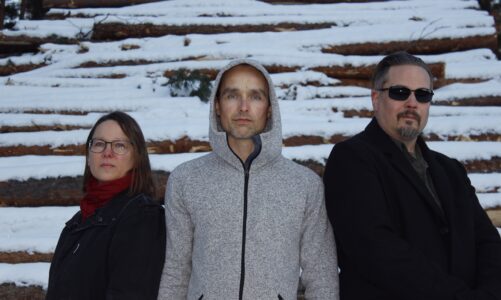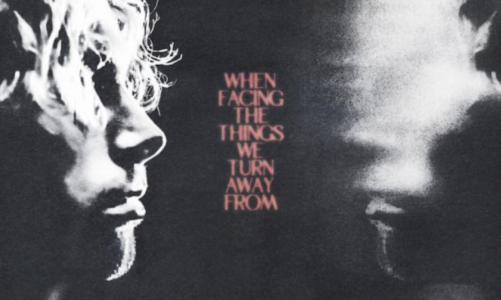This article in its original format was a full length research paper. To read the whole thing, access the file below. This article is a condensed version of this paper. Any sources linked in the paper that are not linked in the article will be linked at the bottom of the page.
Although mass incarceration and other types of legal bias have been discussed more frequently in recent years, these fundamentally flawed ideals have not been formally combatted and all of these measures feed into a systemic racism which greatly dehumanizes and disrespects people of color, especially black men, furthering an unjust racial hierarchy in society.
According to the NAACP, the National Association for the Advancement of Colored People, “African Americans represent 12.5% of illicit drug users, but 29% of those arrested for drug offenses”.
The fact that there is such a great disparity in these numbers is a testament to one of two possibilities. Either police officers are actively seeking out African American drug users and ignoring White users, or police are more likely to search African Americans than white people due to intrinsic bias. Regardless of which one it is, or whether it is a combination of both possibilities, there is a flaw in the way police officers handle drug crimes
Using these statistics, it can be seen that former slave states now house more inmates than former Union states, a direct parallel to the loophole in the 13th amendment that originally caused the first wave of mass incarceration in the late 19th century.
This study claims that “as the proportion of black or Hispanic officers involved in a FOIS (Fatal Officer Involved Shooting) increases, a person shot is more likely to be black or Hispanic than white”. PNAS argues that white officers hold no racist beliefs by trying to prove that black officers are likely to be involved in a FOIS with black victims. However, due to America’s history of segregation, there tends to be an abundance of black people in certain communities and an abundance of white people in other communities. This is not an accurate generalization of all communities, but rings true for many generationally poor areas of the country. In these areas, it makes sense that there are more black officers in black communities and white officers in white communities. This causes black officers to be more involved in a FOIS with a black victim, not a lack of racism or biases in white officers.
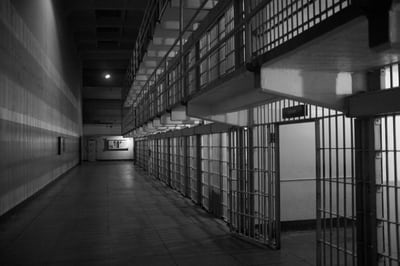
Reporter Heather MacDonald’s stance on police brutality is that white people experience FOIS’ as well, but no one talks about it. But the number of people killed in FOIS’ should not be a contest won by people in any race. Rather than vying for more press coverage, MacDonald’s efforts would be more fruitful trying to end FOIS’ as a whole by using her position as a political commentator to lobby for safer and more extensive training, more rigorous seminars, and more education for officers overall.
Michelle Alexander, professor, civil rights activist, and author, states that “similarly situated whites were far more successful than African Americans and Latinos in the plea-bargaining process; in fact, at “virtually every stage of pretrial negotiation, whites are more successful than nonwhites”.
Mass incarceration began to swell in the 1970s and 1980s, when President Nixon proclaimed a War on Drugs, a campaign that resulted in the increased incarceration of men of color. It is true that the number of “young men of color” jailed for committing crimes such as drug use began to rise after Nixon’s War on Drugs was launched. But the War on Drugs was not truly a war on drugs but a war on men of color and when police began to actively seek efficient ways to arrest people of color for drug crimes, it seemed like the crime rates went up. This led to the natural conclusion that men of color were committing the vast majority of this crime. More on the War of Drugs here.
The prison system in America today is tainted by prejudices held by figures of the past, whose racist policies expand daily to incarcerate increasing numbers of black men.
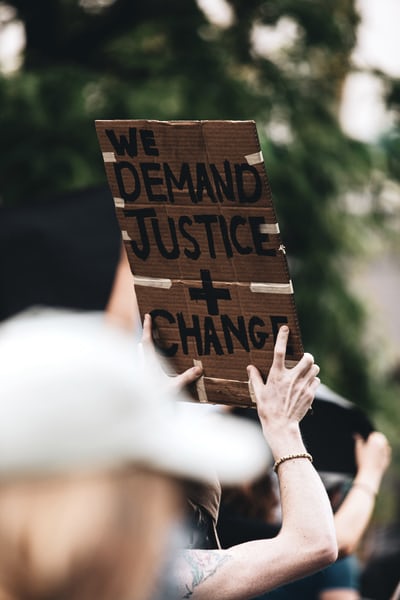
Batson v. Kentucky, decided in 1986, set in place the rule that no prospective juror was to be dismissed on account of their race or ethnicity. However, prosecutors use other so-called non-racial reasons to dismiss prospective jurors. According to Michelle Alexander, it is acceptable to dismiss a juror for “lack of education, unemployment, poverty, being single, living in the same neighborhood as the defendant, or prior involvement with the criminal justice system” as long as it is not explicitly stated that the real reason for the peremptory strike is the prospective juror’s race. Check out this study for more information on jury striking.
According the Los Angeles Times, “24% of black drivers and passengers were searched” in Los Angeles compared to only “5% of whites… yet whites were found with drugs, weapons, or contraband in 20% of searches compared with 17% for blacks”.
Ultimately, racism throughout the criminal justice system is simply a reflection of American history. The criminal justice system in today’s America has proven that racism does not die but is simply reborn in new ways, such as jury selection, stop and searches, mass incarceration as a whole, and many other forms of systemic racism.
If more structures were implemented in society to combat implicit biases, incarceration levels would drop significantly. Prosecutors and cops would be less likely to look at people of color suspiciously. After all, history cannot be changed. But whether society ignores history or learns from history, that is the key to the growth of the human race.
Other sources for more reading:
Study: 95% of Elected Prosecutors are White

